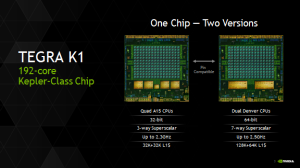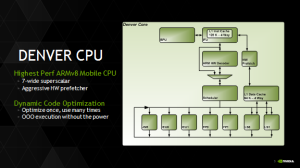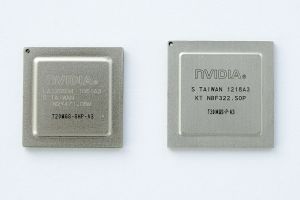
The 64-bit Tegra K1 is the world’s first 64-bit ARM processor for Android. Nividia shade some information on their new “Denver” based 64-bit CPU pairing with their 192-core Kepler architecture-based GPU to create a fully ARMv8 compatible processor that is also pin compatible with the 32-bit Tegra K1 processor.
“Denver” is built to provide the highest single-core CPU throughput available, which results in industry leading dual-core performance. 64-bit Tegra K1 chip will offer PC-class performance now equipped to Smartphones & Tablets providing better performance to apps, best web browsing experience and extended battery life.The new 64-bit Tegra K1 is set with 128K + 64K L1 cache, a good update from the 32K + 32K of the 32-bit Tegra K1. All these are clearly hinting for best gaming performance on mobile devices offering PC class.

Also those news of 64-bit processor and 64-bit technology on Android L can direct all of us to look forward for performance boost. Rumours of Nexus 8 from Google with goodies like 4gb RAM and processor powered by Tegra K1 chip certainly make it to the next level on Mobile Devices.
Via: Nvidia
by $100 on all the models available meaning you could get one as low as $350 for 32gb model. This almost a year old product has seen such price change may be for stock clearence or for more focus to Surface Pro 3.






